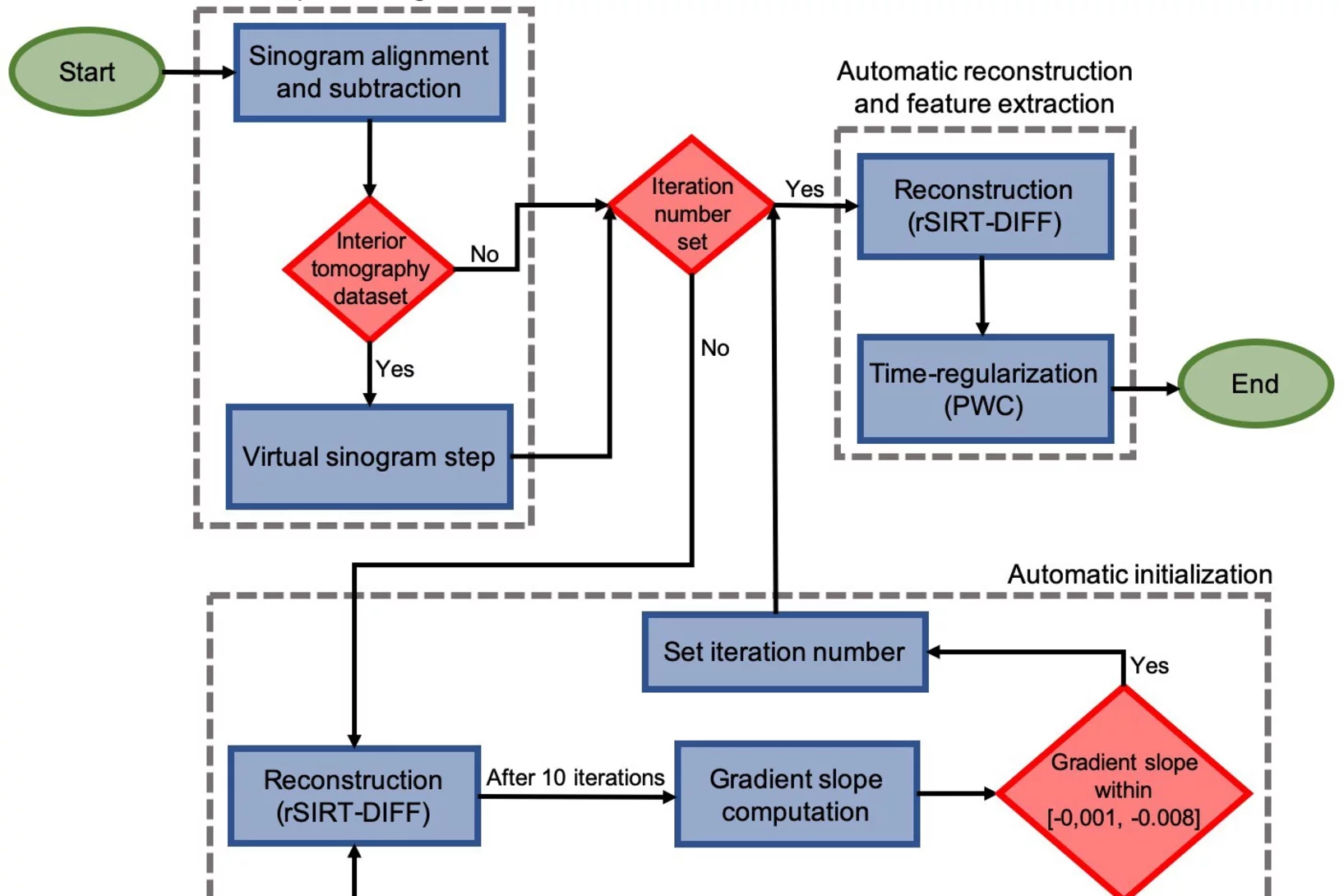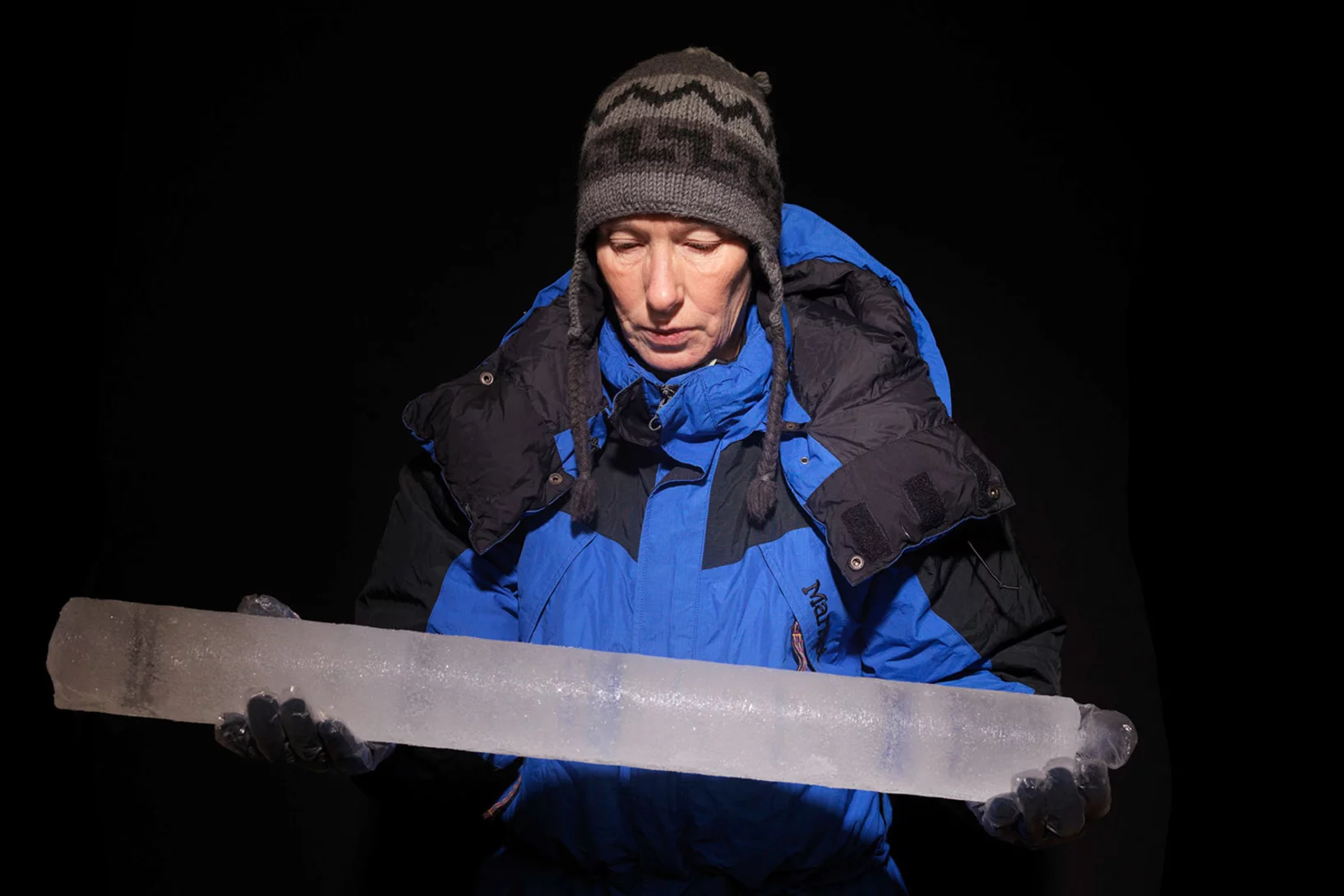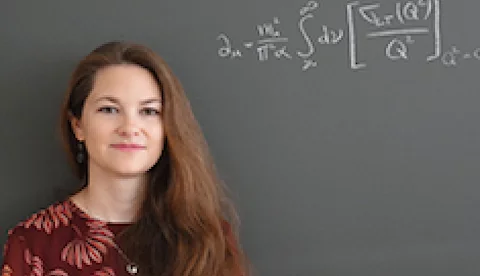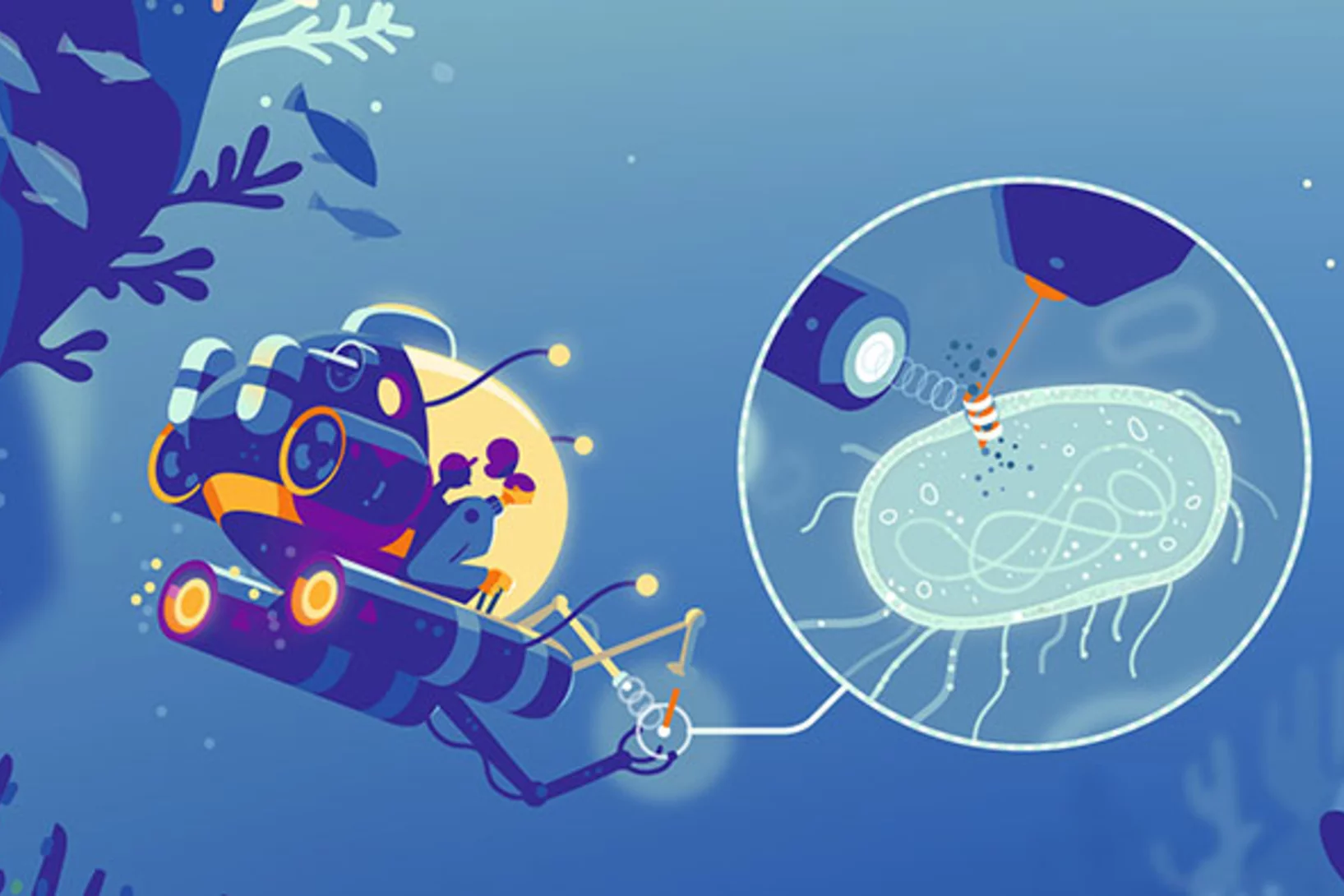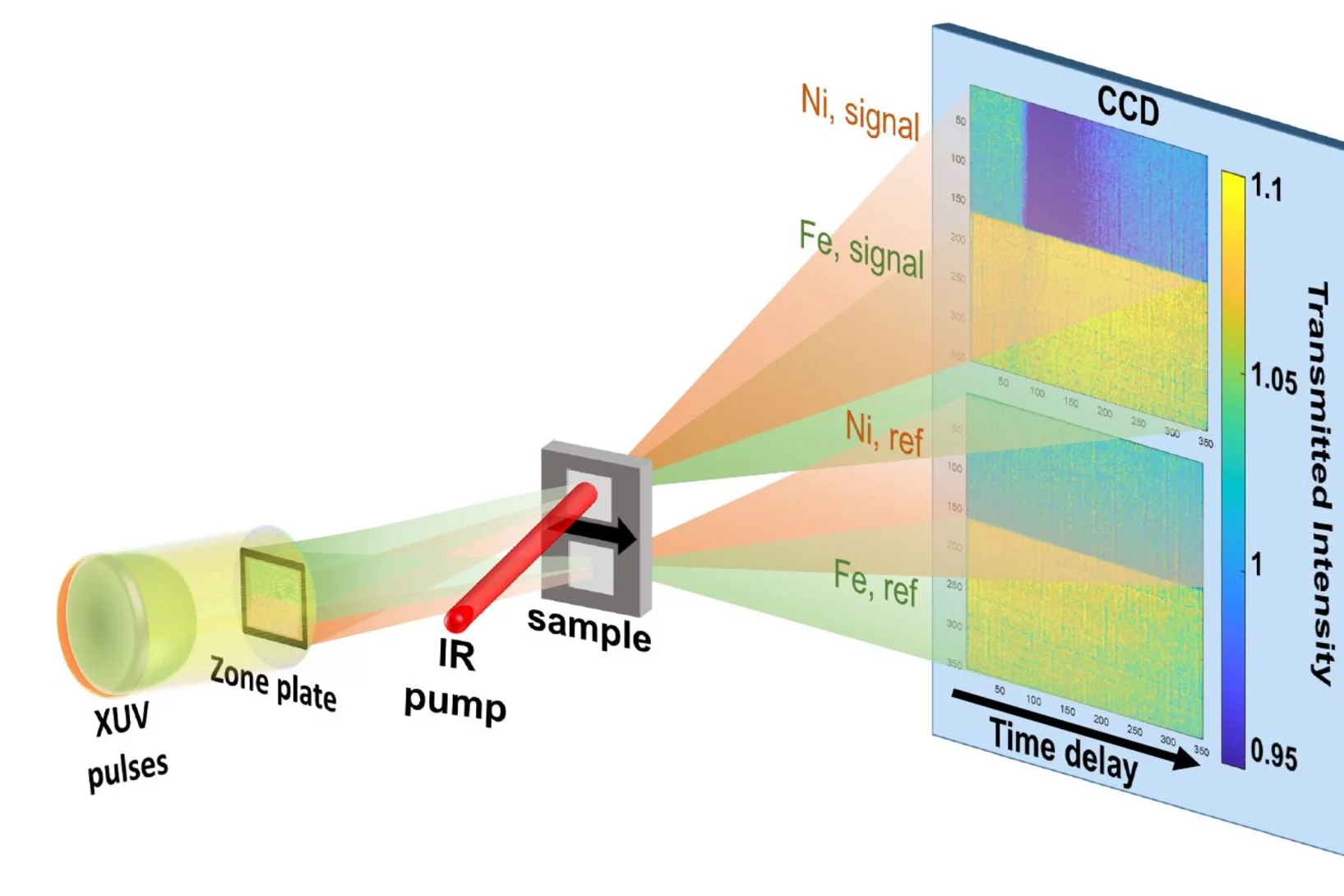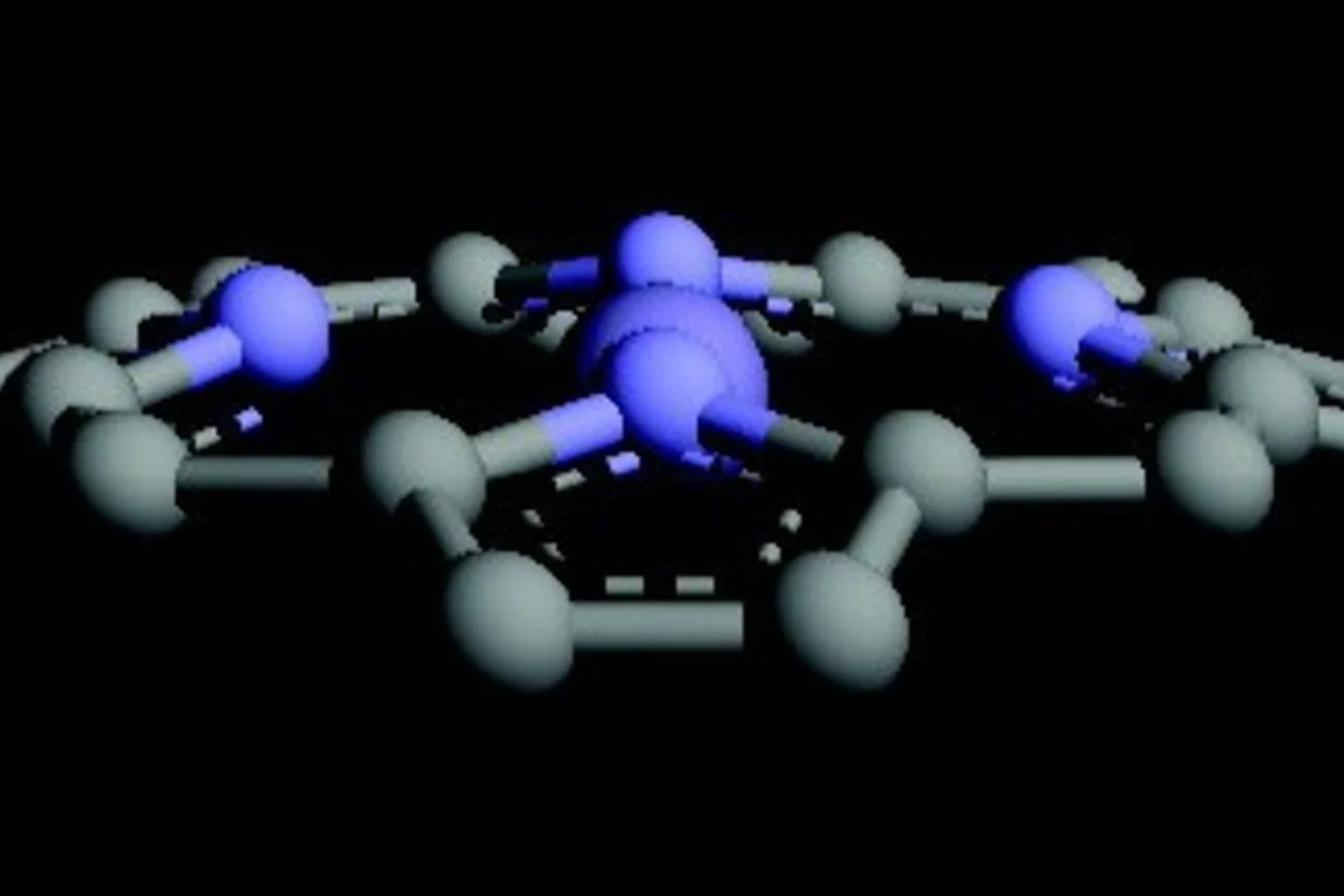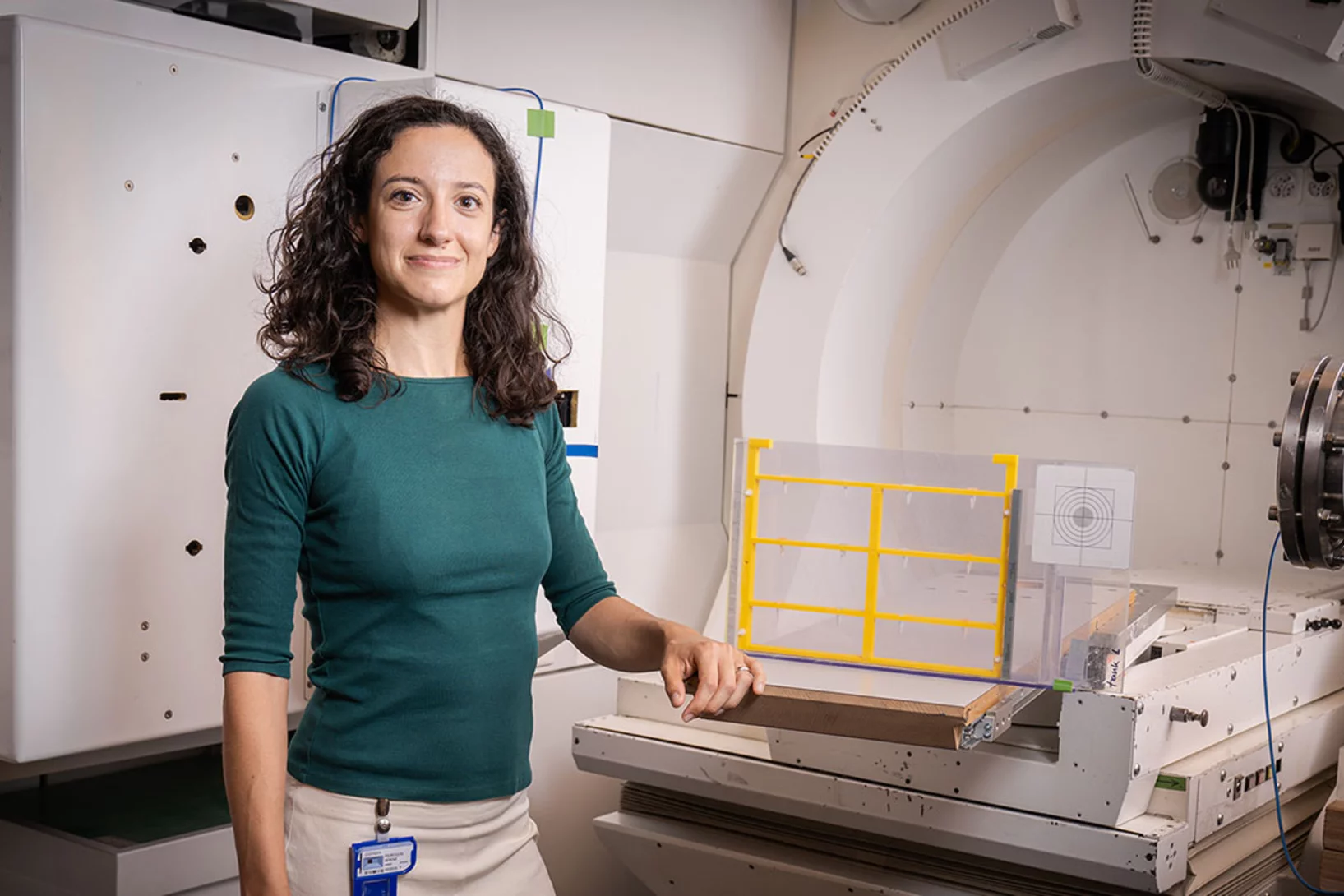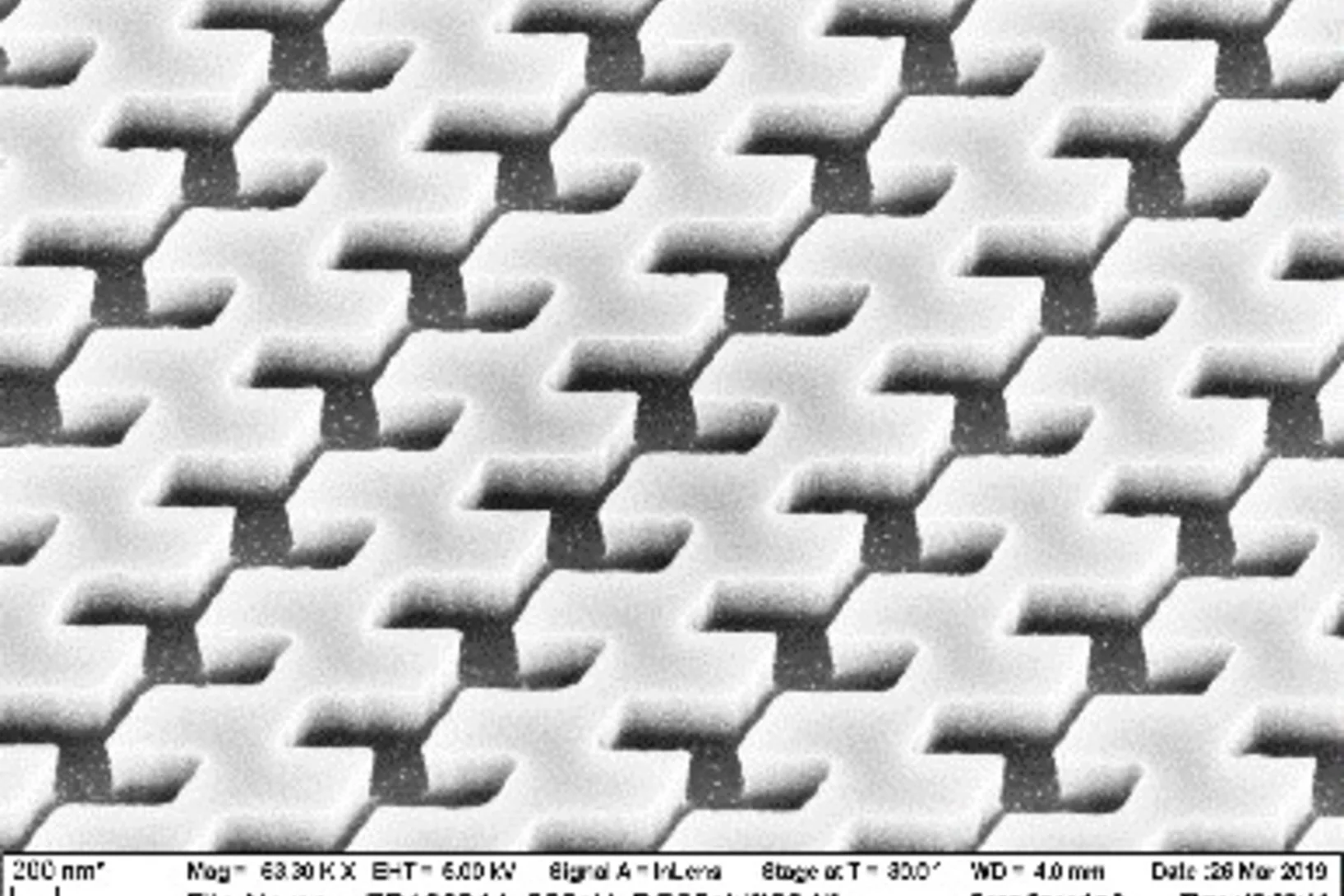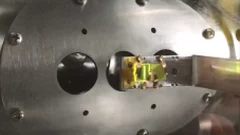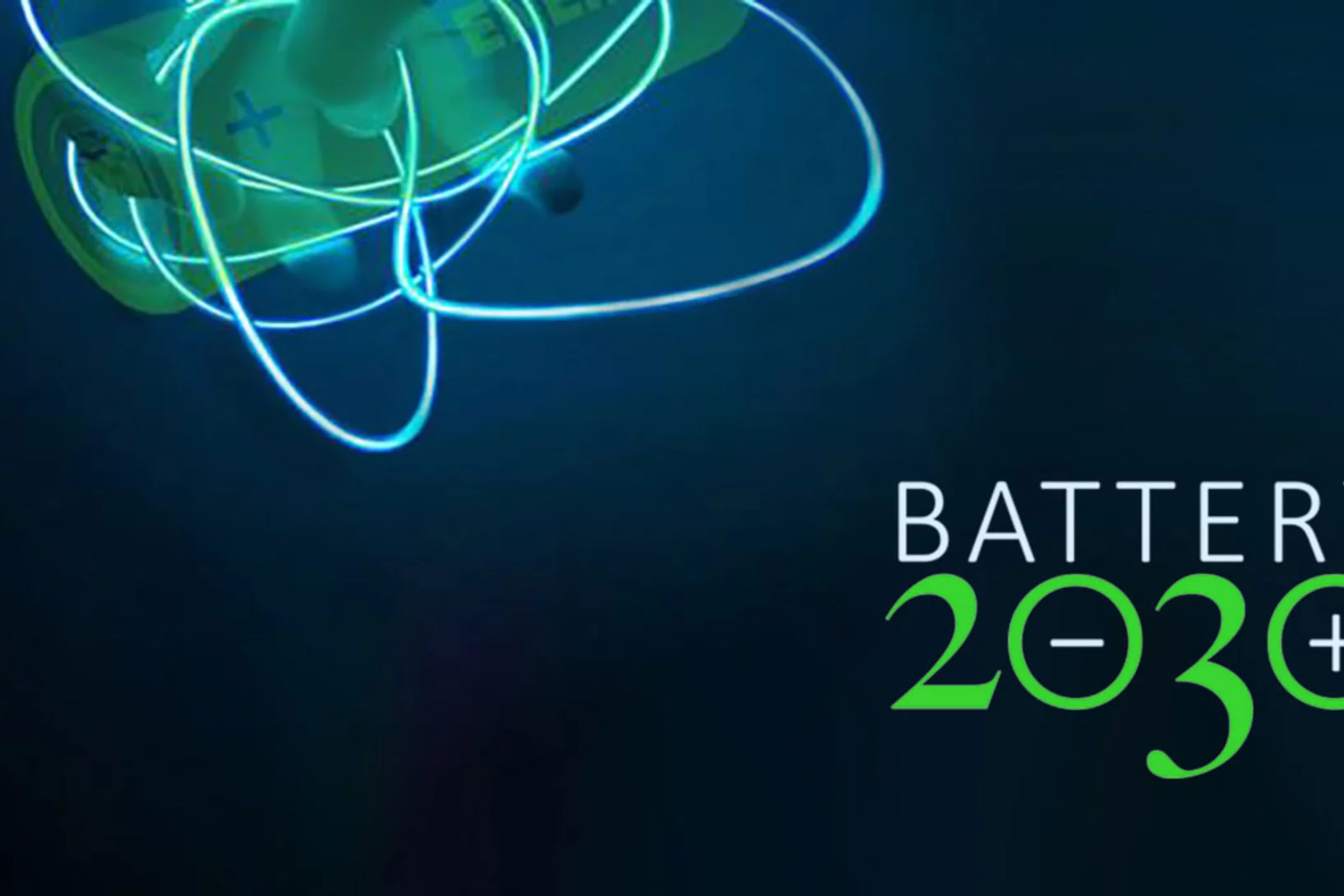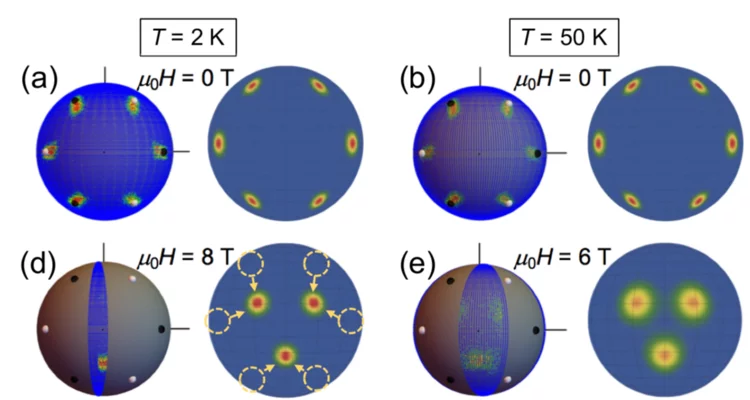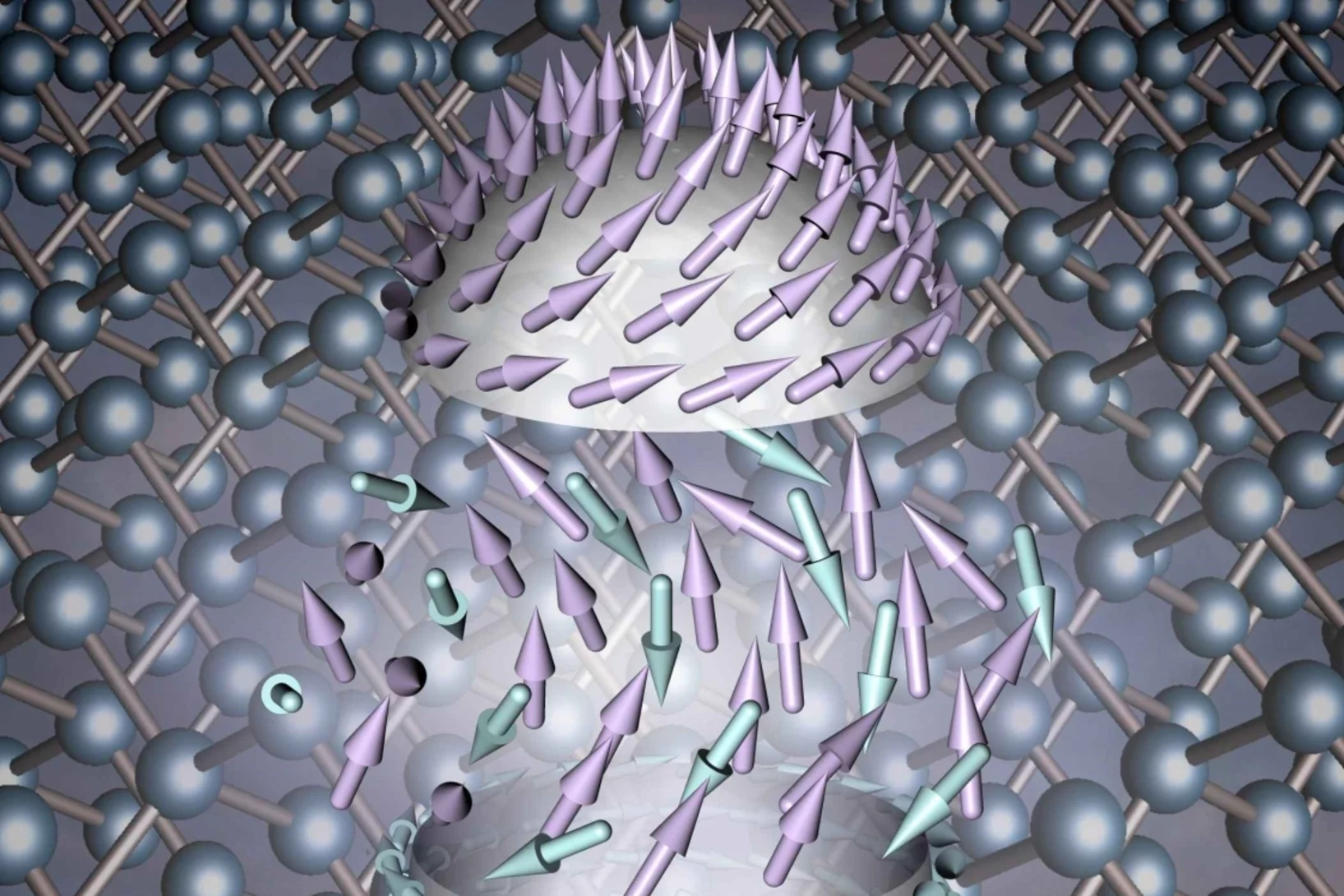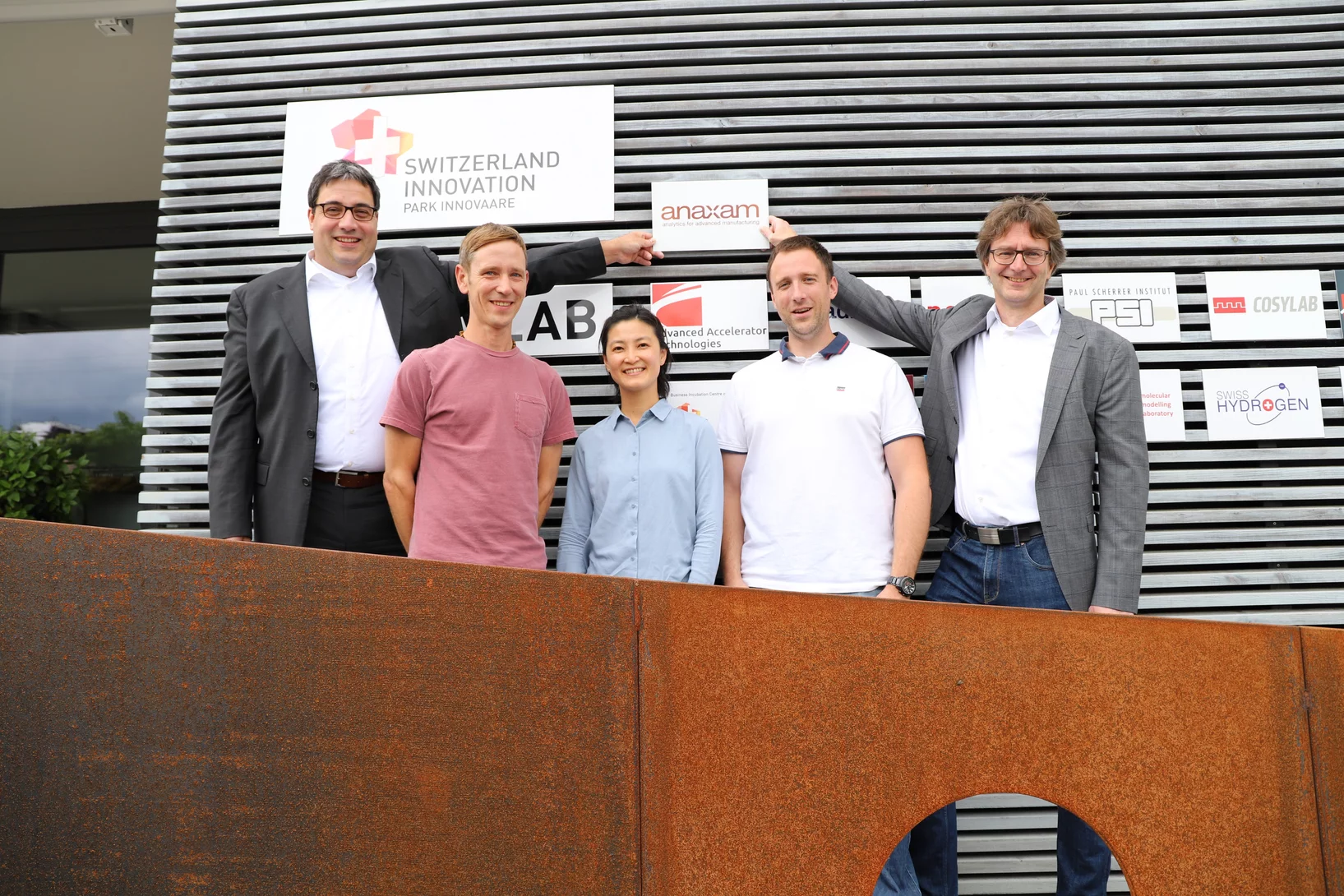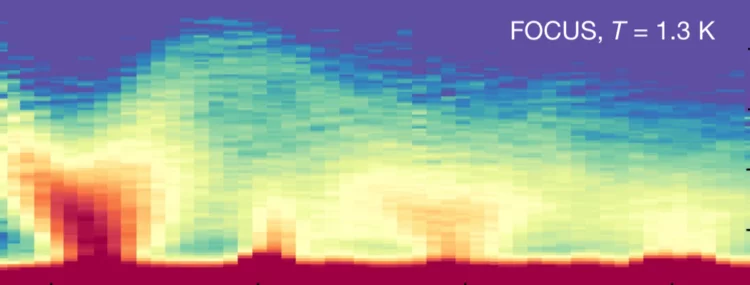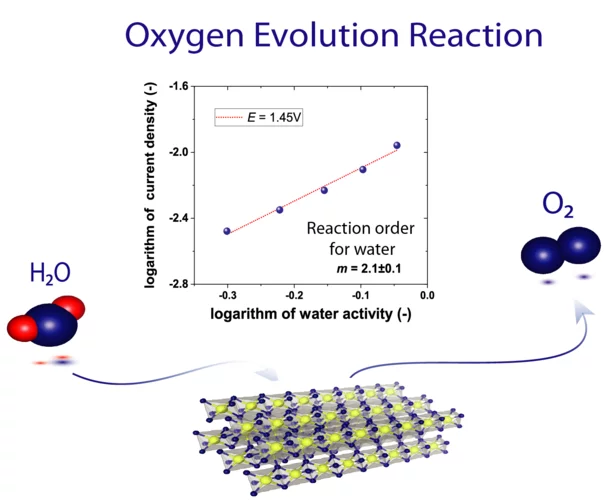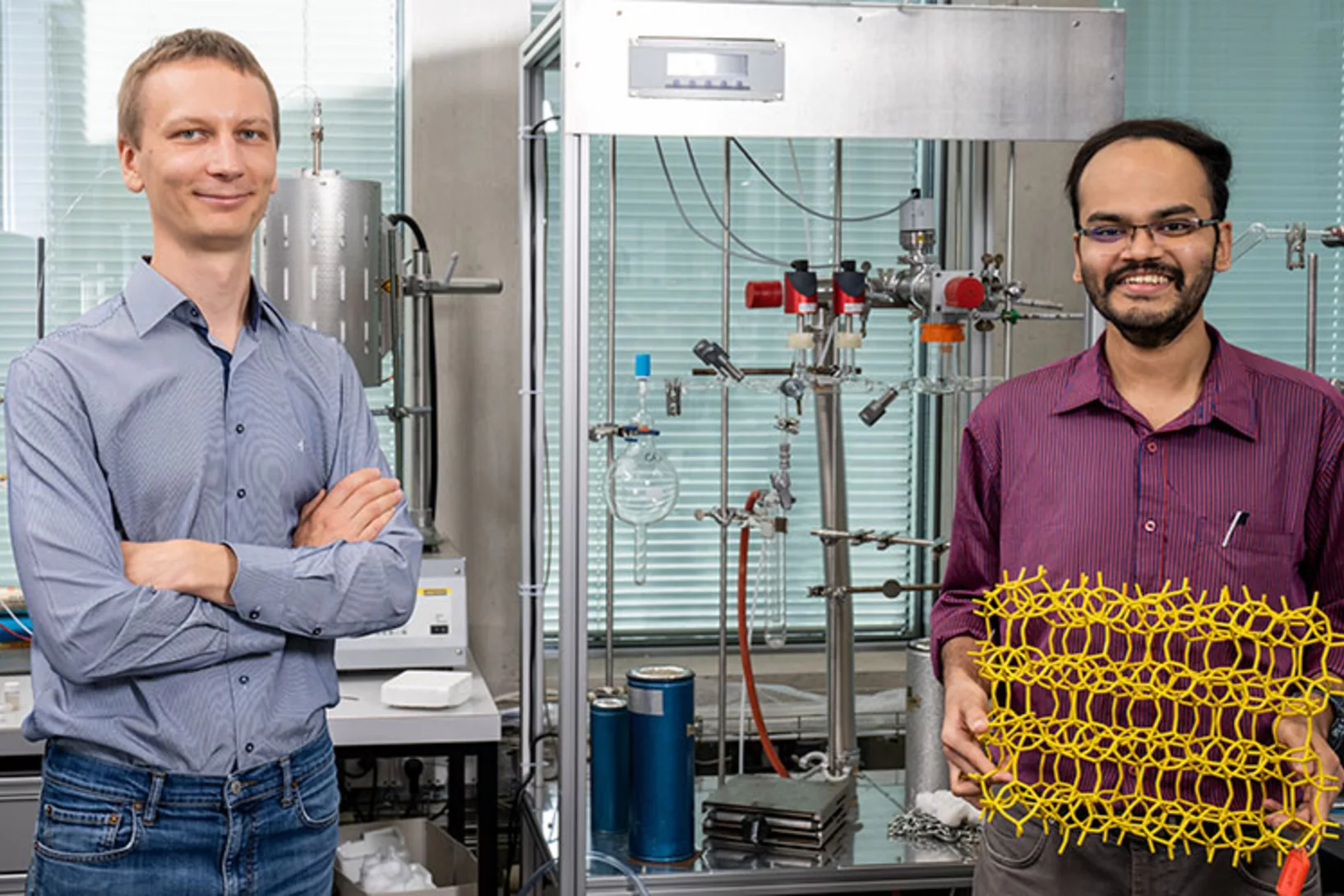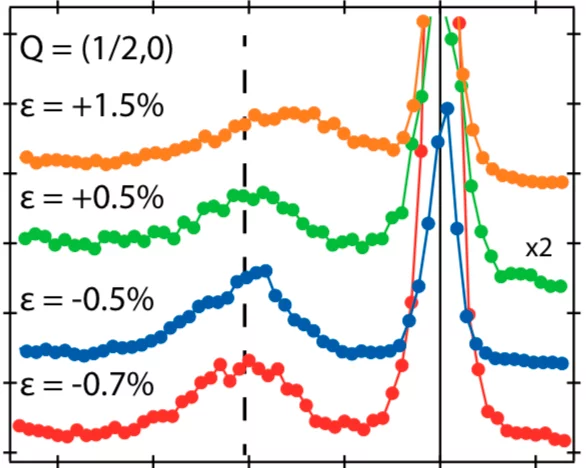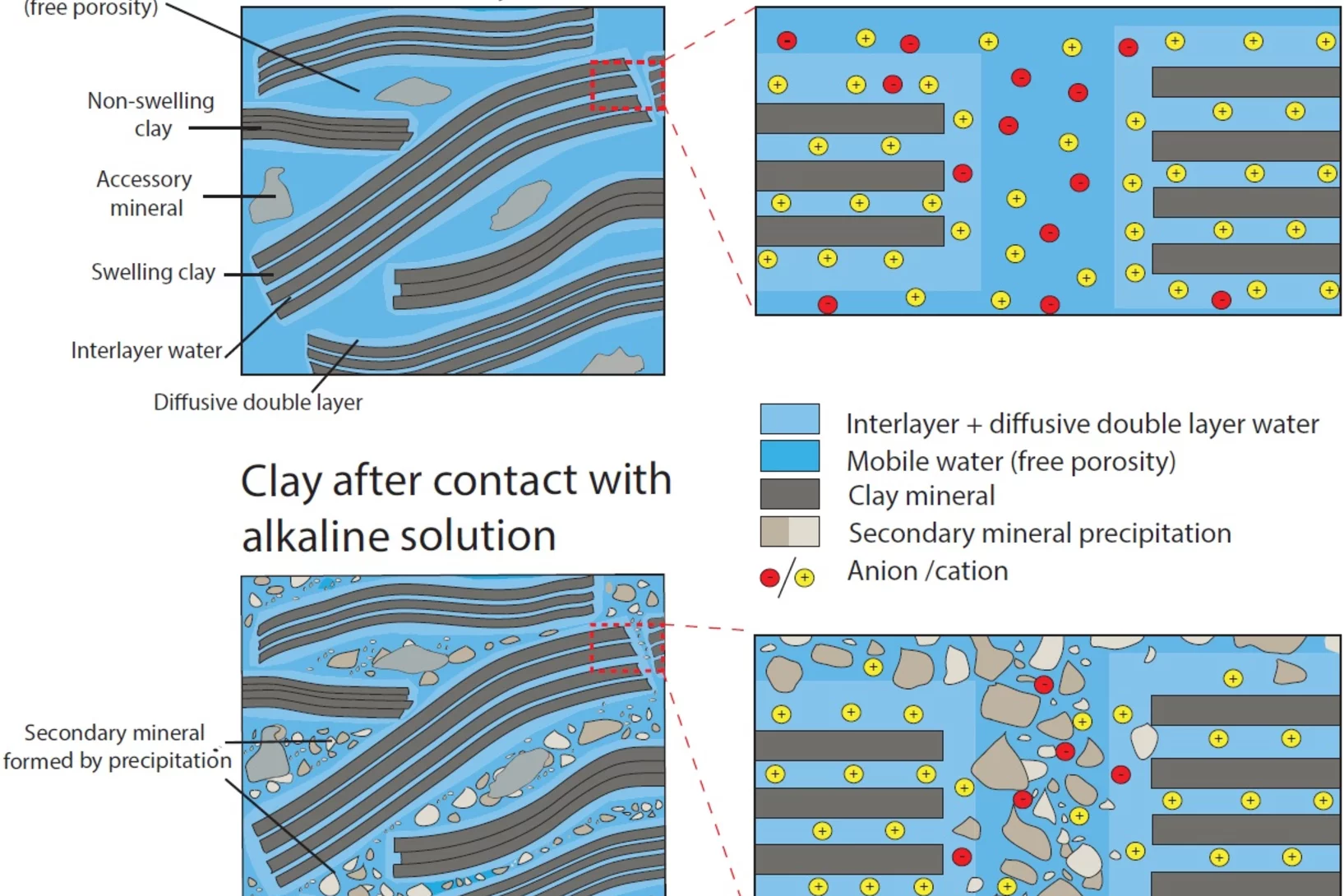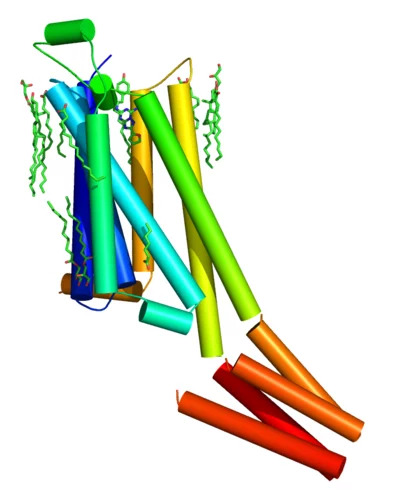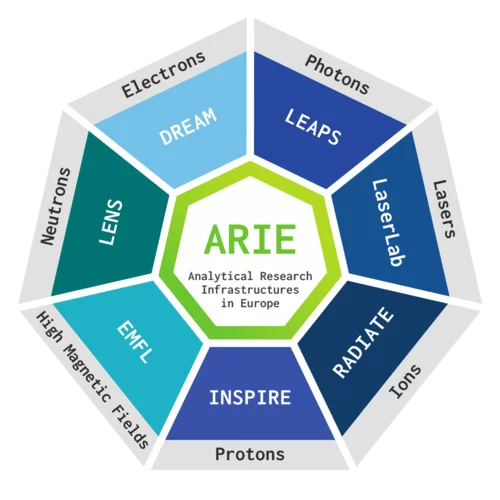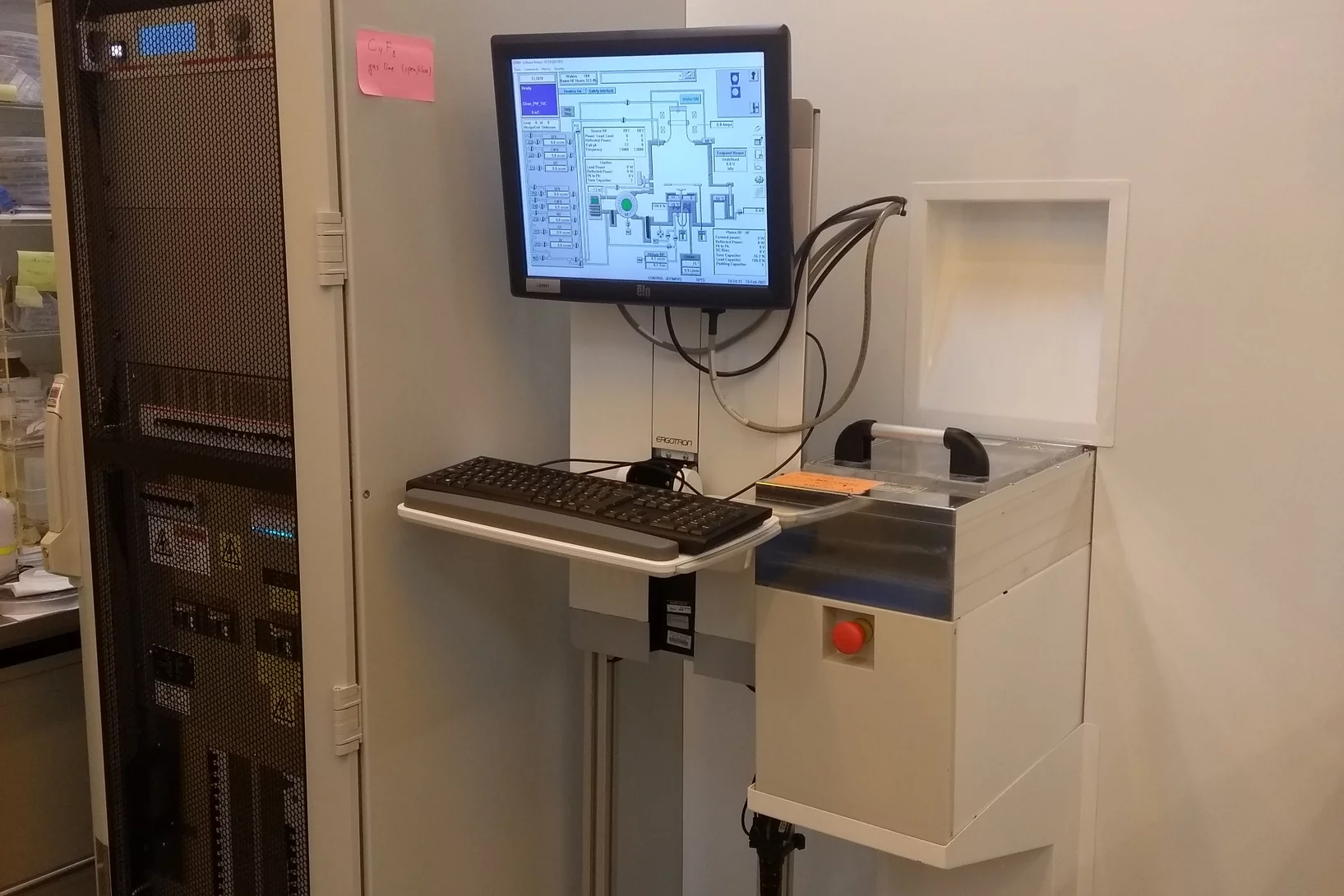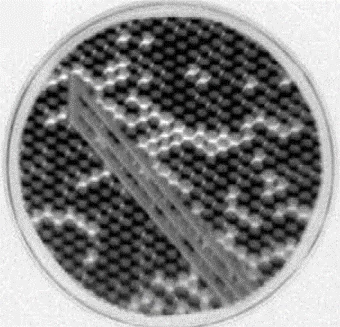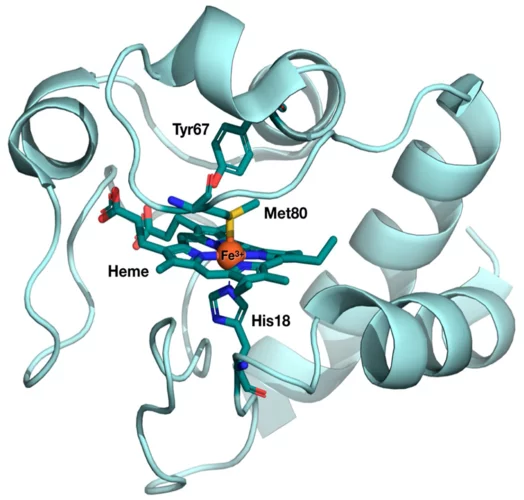Shifting away from nuclear energy, expanding solar and wind power, generating energy from biomass, reducing energy consumption. Switzerland is committed to becoming climate-neutral by 2050. An ambitious goal, which has become more urgent than ever due to the increasingly challenging geopolitical situation. How can a sustainable and resilient energy supply for Switzerland be established over the coming years? What's the optimal way to use renewable energy sources? What new technologies are especially promising? At PSI, researchers are seeking answers to these crucial questions.
Automatic extraction of dynamic features from sub-second tomographic microscopy data
A fully automatized iterative reconstruction pipeline designed to reconstruct and segment dynamic processes within a static matrix has been developed at TOMCAT. The algorithm performance is demonstrated on dynamic fuel cell data where it enabled automatic extraction of liquid water dynamics from sub-second tomographic microscopy data. The work is published in Scientific Reports on 2 October 2020.
Iodic acid influences cloud formation at the North Pole
An international team of scientists has identified a novel driver of new aerosol particle formation in the Arctic: iodic acid, a chemical compound, which had not previously been observed in the region.
"We were shocked how far advanced the melting is already"
An international expedition with the participation of the Paul Scherrer Institute PSI discovers advanced glacial melting at an elevation of more than 4,000 metres on the Grand Combin in Valais. In the Alps, it may almost be too late for the Ice Memory project, which aims to save ice cores as a climate archive for future generations of researchers.
Swiss National Science Foundation Ambizione grant for Franziska Hagelstein
Franziska Hagelstein has been awarded a Swiss National Science Foundation Ambizione grant with PSI as host institution. She joined the particle theory group (NUM, Laboratory of Particle Physics LTP) in October 2020. In the near future she will be accompanied by a PhD student.
Mites in the spotlight
The world of microbes and viruses is extremely old and exceedingly diverse. With the large research facilities at PSI, researchers are peering deep inside this alien cosmos and investigating, above all, the proteins of these exotic beings.
Two-color snapshots of ultrafast charge and spin dynamics
In a joint research effort, an international team of scientists lead by Emmanuelle Jal (Sorbonne Université) performed a time-resolved experiment at the FERMI free-electron laser to disclose the dynamic behavior of two magnetic element of a compount material in only one snapshot. The X-ray Optics and Applications group developed a dedicated optical element for this experiment that is usable with two different photon energies (colors) simultaneously.
PSI - member of the Microsoft Quantum Network
The PSD is a research partner in the Microsoft Quantum Network, which is a broad community of individuals and organizations collaborating with Microsoft to advance a comprehensive quantum ecosystem, develop practical solutions, and build a robust quantum workforce.
The institutions of scientific excellence are partnering collaboratively with Microsoft to pursue the advancement of quantum computing research, development, and education. The large scale facilities at PSI, in particular the Swiss Light Source, offers unique characterizations techniques to shed light on the secrets of functional materials.
Spin cascade and doming in ferric hemes
In biology, structure and function are closely interwoven. A case in point is oxygen transport in the lungs, which relies on ferrous heme proteins adopting dome-like shapes.
New technique for ultrafast tumour therapy
For the first time, researchers at the Centre for Proton Therapy at PSI have tested ultrafast, high-dose irradiation with protons. The new, experimental FLASH technique could revolutionise radiation therapy for cancer.
Remote Operation of the PEEM Endstation
We have recently upgraded the PEEM endstation at the SIM beamline to enable remotely controlled experiments via internet and mailed-in samples. Sample positioning and tilt control is now possible by means of a motorized sample stage. A newly developed computer controlled switchbox is available for remote temperature control and in situ application of electric or magnetic fields to the sample.
Novel optics enable better X-ray Free Electron Laser experiments
Our research on multifocus off-axis zone plates was accepted in “Optica”, the highest impact journal of the Optical Society of America. In the paper we report on different ways to combine focusing and beam-splitting functionalities in one single optical element.
First light in the SwissFEL Maloja endstation
The first endstation at the SwissFEL Athos soft X-ray branch is rapidly developing and on track for first experiments in 2021.
BATTERY 2030+ – large-scale European initiative for battery research starts up
Future batteries need to store more energy, have longer life, and be safer and more environmentally friendly than today's batteries. The European initiative BATTERY 2030+, in which PSI is participating, is intended to help achieve these goals.
Technical Design of the Phase I Mu3e Experiment published on the arXiv
In almost a decade of R&D, we have developed a detailed technical design for the Mu3e experiment, based on many new and exciting detector technologies.
Direct Observation of the Statics and Dynamics of Emergent Magnetic Monopoles in a Chiral Magnet
In the three-dimensional (3D) Heisenberg model, topological point defects known as spin hedgehogs behave as emergent magnetic monopoles, i.e., quantized sources and sinks of gauge fields that couple strongly to conduction electrons, and cause unconventional transport responses such as the gigantic Hall effect. We observe a dramatic change in the Hall effect upon the transformation of a spin hedgehog crystal in a chiral magnet MnGe through combined measurements of magnetotransport and small-angle neutron scattering (SANS).
Nanostructures with a unique property
Researchers at the Paul Scherrer Institute PSI have for the first time identified special nano-vortices in a material: antiferromagnetic skyrmions.
ANAXAM on track for success!
Several months have now passed since the new technology transfer centre "ANAXAM" was founded. Under the management of Dr. Christian Grünzweig and in close cooperation with PSI, ANAXAM is on the road to success for industry - time for a brief review.
Fractional antiferromagnetic skyrmion lattice induced by anisotropic couplings
Magnetic skyrmions are topological solitons with a nanoscale winding spin texture that hold promise for spintronics applications. Skyrmions have so far been observed in a variety of magnets that exhibit nearly parallel alignment for neighbouring spins, but theoretically skyrmions with anti-parallel neighbouring spins are also possible. Such antiferromagnetic skyrmions may allow more flexible control than conventional ferromagnetic skyrmions. Here, by combining neutron scattering measurements and Monte Carlo simulations, we show that a fractional antiferromagnetic skyrmion lattice is stabilized in MnSc2S4 through anisotropic couplings.
Understanding of the Oxygen Evolution Reaction Kinetics in Acidic Environment
The high operational expenditure of polymer electrolyte water electrolysis (PEWE) technology, dominated by kinetic losses from the sluggish oxygen evolution reaction (OER), inhibits large-scale market penetration. PSI researchers have developed a novel methodology to access underlying reaction mechanism of the OER. For the first time the reaction order for water has been determined. Advanced benchmarking of catalysts in technical environment also supports the development of novel, highly efficient catalyst materials.
Customising an electronic material
PSI scientists have investigated a material that could be suitable for future data storage applications. They have manipulated the crystalline structure of their sample while measuring how this affects the material’s magnetic and electronic properties.
Better catalysts for a sustainable bioeconomy
Zeolites are already indispensable additives in the chemical industry – researchers from PSI and ETH Zurich suggest ways to make them still more efficient.
Strain engineering of the charge and spin-orbital interactions in Sr2IrO4
Understanding the relationship between entangled degrees of freedom (DOF) is a central problem in correlated materials and the possibility to influence their balance is promising toward realizing novel functionalities. In Sr2IrO4, the interaction between spin–orbit coupling and electron correlations induces an exotic ground state with magnetotransport properties promising for antiferromagnetic spintronics applications.
Deep geological disposal of radioactive waste in clay rocks
Geological waste disposal, cement clay interaction
• A considerable reduction of HTO and 36Cl− was observed after 6 years interaction.
• The chloride flux showed a much stronger reduction compared to HTO.
• For HTO the relation between the De and the porosity in the clay part can be described using Archie's law.
• No complete clogging of the porosity was observed after 6 years interaction.
Advances in de novo protein structure determination using long-wavelength native-SAD phasing at SwissFEL
An international team of scientists from the Paul Scherrer Institute and members of the LeadXpro and Heptares pharmaceutical companies led by Karol Nass (Alvra group, SwissFEL) demonstrated a significant advancement in de novo protein structure determination at X-ray free-electron lasers. Their article, published recently in IUCrJ (DOI: 10.1107/S2052252520011379), describes structure determination of a membrane protein and an important drug target (A2A adenosine receptor) by native single-wavelength anomalous diffraction (native-SAD) at SwissFEL with up to ten fold reduction in the required number of indexed images.
Analytical Research Infrastructures of Europe (ARIE) join forces to face COVID-19 and other viral and microbial threats
After the joint position paper published as a pre-release in July, in which the Analytical Research Infrastructures of Europe (ARIE) presented their plan to tackle HE Missions, the ARIE enhanced its cross-border, multidisciplinary collaboration to offer Europe a strong and valid weapon against the present COVID-19 challenge and other potential viral and microbial threats.
A novel terahertz source for selective phonon excitation
Excitation of coherent phonons using light is an emerging approach for investigating condensed matter physics. It has the potential not only to reveal the dynamics of collective lattice vibrations but also to tailor them for the ultrafast control over the electronic, magnetic, and structural properties in solids. The optical phonons, in most solids, lie primarily in the spectral region between 1 and 10 THz. Unlike conventional laser sources, coherent radiation at these frequencies allows us to study time-resolved lattice displacements with only minor deposition of heat or generation of hot electrons. However, the available high-field terahertz sources, with their quasi-single cycle temporal shape and broadband spectrum, cannot be used to excite the individual phonon modes. By contrast, the challenge of understanding the transient dynamics of low-energy excitations calls for novel sources of narrow-band terahertz radiation at high intensities that can be tuned to the individual phonon resonances. Moreover, with strong enough fields tuned precisely to a phonon resonance, non-linearities in the material can be targeted and potentially exploited.
Corona-Multitool - Ein Werkzeug um zu überleben?
Viele haben Angst, sich während der Corona Pandemie anzustecken. Jede Berührung mit einer öffentlichen Türklinke, einem Druckknopf oder einem Touchscreen etc. könnte fatale Folgen haben. Jedoch gibt es für jedes Problem eine Lösung.
Installation of SPTS Rapier Deep Reactive Ion Etcher
SPTS Rapier system for Si deep reactive ion etching (DRIE) is released for user operation. The system is acquired by PSI as a part of SNF R’Equip project “Advanced Si DRIE tool for highly uniform ultra-deep structuring (SiDRY)”. This versatile tool is equipped with pulsed bias option and sensitive ClaritasTM optical end point detection system. Electrostatic clamping and wafer edge protection systems are both available for three wafer diameters – 100 mm, 150 mm, and 200 mm.
Magnon Modes of Microstates and Microwave-Induced Avalanche in Kagome Artificial Spin Ice with Topological Defects
In this work the spin dynamics of microstates in artificial spin ice (ASI) in Ni81Fe19 nanomagnets arranged in an interconnected kagome lattice has been investigated using microfocus Brillouin light scattering, broadband ferromagnetic resonance, magnetic force microscopy, x-ray photoemission electron microscopy, and micromagnetic simulations. The findings are key for the creation of avalanches inside the kagome ASI and reprogrammable magnonics based on ASIs.
Unraveling the structural dynamics of Heme proteins at SwissFEL
The results from the very first user experiment at SwissFEL have just been published in the Proceedings of the National Academy of Sciences (PNAS). The measurements probed the electron transport properties of the cytochrome c protein, which is found in cellular mitochondria. The measurements show that when the Fe atom at the centre of the protein undergoes electronic excitation, for example when it gains or loses and electron, the active centre of the protein undergoes a doming structural rearrangement. This result raises interesting questions about how this structural change is involved in the electron transfer properties of cytochrome c.

